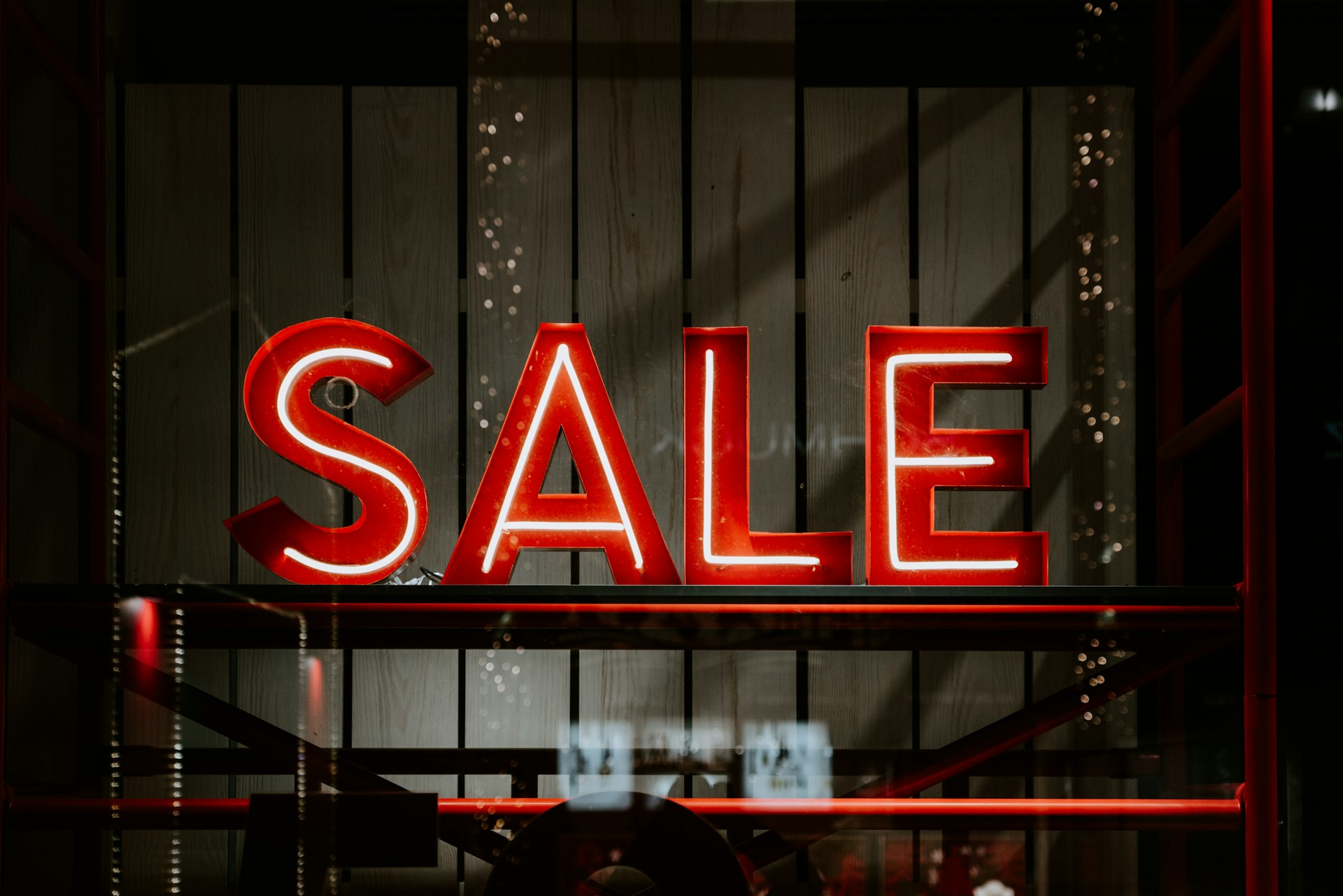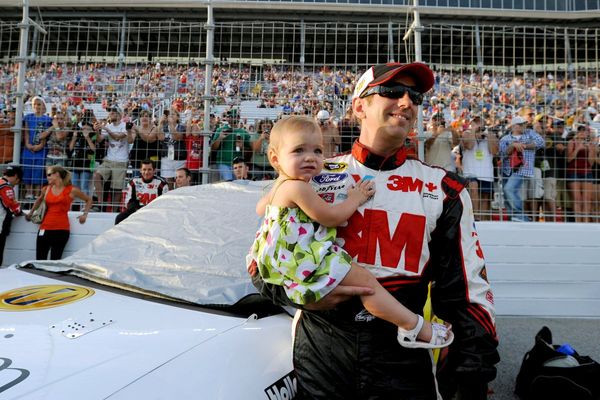
Everyone loves a good deal, but not every sale is as great as it seems. Retailers know how to make sale prices look better than they really are. They use tricks that can make you think you’re saving more money than you actually are. These tactics are everywhere, from big box stores to your local grocery. If you want to keep more money in your pocket, you need to know what to watch for. Here’s how retailers use sneaky strategies to make sale prices look more appealing—and what you can do about it.
1. Anchoring with Inflated Original Prices
Retailers often show a high “original” price next to the sale price. This makes the discount look huge, even if the item was never sold at that original price. You see a $100 item marked down to $60 and think you’re saving $40. But sometimes, that $100 price is just made up. The real price might have always been closer to $60. This trick is called “anchoring.” It’s meant to make the sale price look like a steal. Always check price history tools or compare with other stores before you buy.
2. Using Odd Pricing to Trick Your Brain
You’ve seen prices like $9.99 or $4.97. This isn’t random. Retailers use odd pricing because it makes you think the price is lower than it is. Your brain sees $9.99 and thinks “nine dollars,” not “almost ten.” This small difference can push you to buy. It’s a simple trick, but it works. When you see a price ending in .99 or .97, pause and round up in your head. It helps you see the real cost.
3. Creating a False Sense of Urgency
“Today only!” “Limited time offer!” These phrases are everywhere. Retailers want you to feel like you’ll miss out if you don’t buy now. This sense of urgency can make you rush into a purchase. But many of these sales come back again and again. The urgency is fake. Take your time. If you’re not sure, wait a day or two. Chances are, the sale will still be there—or come back soon.
4. Hiding the Real Discount with “Up To” Language
You’ll see signs that say “Up to 70% off!” That sounds great, but most items are nowhere near 70% off. Maybe one or two things are, but the rest are only 10% or 20% off. The “up to” language is there to grab your attention. It’s misleading. Always check the actual discount on the item you want. Don’t assume you’re getting the biggest deal in the store.
5. Bundling Products to Mask True Value
Retailers love to bundle products together and call it a deal. “Buy one, get one 50% off” or “3 for $10” are common examples. Sometimes, you don’t need the extra items. Or the price per item isn’t much better than buying one. Bundles can make you spend more than you planned. Do the math before you buy. Determine if the bundle is truly saving you money or just prompting you to buy more.
6. Shrinking Product Sizes Instead of Lowering Prices
Sometimes, the sale price looks good, but the product is smaller than before. This is called “shrinkflation.” You pay the same or even more for less product. It’s a sneaky way to raise prices without you noticing. Always check the weight or size of sale items. Compare the price per ounce or per unit.
7. Placing Sale Items Next to Full-Price Items
Retailers often put sale items right next to full-price items. The sale price looks even better when compared to something more expensive. This is another form of anchoring. You might buy the sale item just because it seems like a better deal, not because you need it. Focus on what you actually want, not what looks like the best deal in the moment.
8. Using Loyalty Programs to Distract from Real Savings
Loyalty programs promise extra savings, but they can be confusing. Sometimes, you only get the sale price if you sign up for a store card or app. Other times, the “member price” is just the regular price somewhere else. These programs can make you feel like you’re getting a special deal, but you might not be saving much. Always compare prices with other stores, and don’t let loyalty perks cloud your judgment.
Stay Sharp: Don’t Let Sale Prices Fool You
Retailers are experts at making sale prices look better than they are. They use tricks like inflated original prices, odd pricing, fake urgency, and bundles to get you to spend more. Even loyalty programs and product placement play a role. The best way to protect yourself is to stay alert. Check price histories, compare unit prices, and don’t rush into buying just because something is on sale. When you know these sneaky ways retailers make sale prices look better than they are, you can shop smarter and keep more money in your wallet.
Have you spotted any of these tricks while shopping? Share your story or tips in the comments below.
Read More
The Ultimate Guide to Finding the Best BOGO Deals
10 Insanely Good Dollar General Coupon Deals You Can’t Afford to Miss
The post 8 Sneaky Ways Retailers Make Sale Prices Look Better Than They Are appeared first on Grocery Coupon Guide.







